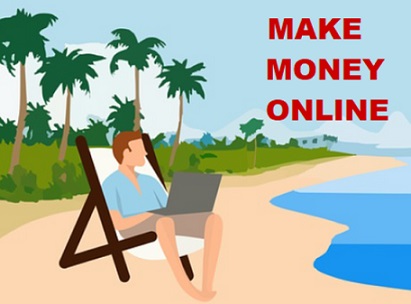Welcome to Stress Management Guide
Stress Management Article

STRESS MANAGEMENT RELAXATION TECHNIQUES
from:
The are many ways to cope with stress – some of them involving a technique called relaxation, which generally refers to the calming of the mind, the body and the sense, to help a person regain his or her ‘center’, even in the middle of a highly tense activity. Such relaxation techniques include meditation, progressive relaxation, yoga, autogenic training and biofeedback. A lot of other techniques exist, but, for this article’s purpose, we will tackle only the cited five in brief.
Before we begin with any of the techniques, we must first acknowledge that they are merely part of a greater and much more comprehensive stress management program and that each will work to its best extent when combined with other strategies. Two important points should be considered before any stress management relaxation technique is entered into.
1. Since a relaxation technique results in physiological changes, anybody under medication that affects any physiological parameter might be tapping that parameter too hard, and
2. That people with medical conditions, like hypertension, heart ailments, etc. should first seek medical permission, to be on the safe side.
Once you’ve gotten these out of the way, you may want to try out each stress management technique first before your decide which one to use regularly. While there is no scientific and medical way to accurately determine which technique will work best for you, you will be able to decide which is a most comfortable fit.
Stress management technique 1: Meditation
Meditation is a mental exercise aimed at gaining control over your attention, in order for you to choose what to focus on, instead of being subject to the unpredictable turn of environmental factors. This is best done in a quiet place and involves set breathing methods.
Stress management technique 2: Progressive Relaxation
This is a technique used to induce nerve-muscle relaxation. It involves the contraction and release of a muscle group, then slowly progressing to other parts of the body. Progressive relaxation is usually used to treat migraines, tension headaches, and other conditions.
Stress management technique 3: Autogenic Training
This is a technique that employs a series of exercises aimed at bringing body warmth and heaviness in the torso and the limbs. It can be done lying down or in a seated position. Relaxing images are also used to foster mind relaxation.
Stress management technique 4: Biofeedback
Biofeedback uses certain instruments and machines to track body movements and occurrences, which will then be used to examine ways to control them. It is often used in combination with another relaxation technique.
Practice your chosen technique as recommended, with the right environment, posture, time and frequency. Keep a consistent routine and you will be reaping their benefits in no time. Just always keep in mind that the above stress management techniques are simply tools to a greater and more comprehensive method. You may choose to do them individually or adopt a combination of two or three. However which way you do it, make sure that it is done at comfortable pace. Otherwise, you’ll be creating more stress than what you get rid of.
Christine P. Gray is a recognized authority on the subject of stress management. Her website www.selfimprovementsguide.com provides a wealth of informative articles and resources on everything you will need to know about self improvement. All rights reserved. Articles may be reprinted as long as the content and links remains intact and unchanged.



